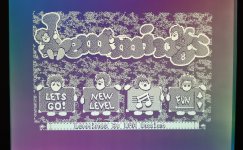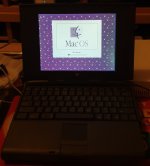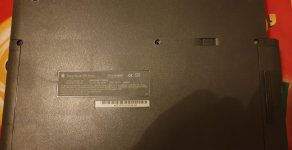Solvalou
Well-known member
Just finally received a PowerBook 190 I won some time ago on eBay. Widely regarded as (one of) the WORST PowerBook's designed and made. I can kinda see why people have that opinion or it.
Plastics are poor, can't use an external display (at least on mine), no mic input and because it's not the "c" model, it's only 16-colour grey scale. :lol:
But you know what, I couldn't resist the price. Plus unlike.most, this was in such good shape and it's probably the only working example I've seen that is also cosmetically 100% clean and without any damage at all (other than some battery mess but that's all deposited on the inside of the case thankfully).
Boots into 7.5.2 and I can clearly tell it hasn't seen much use in its life.
Pictures to follow tomorrow...
Plastics are poor, can't use an external display (at least on mine), no mic input and because it's not the "c" model, it's only 16-colour grey scale. :lol:
But you know what, I couldn't resist the price. Plus unlike.most, this was in such good shape and it's probably the only working example I've seen that is also cosmetically 100% clean and without any damage at all (other than some battery mess but that's all deposited on the inside of the case thankfully).
Boots into 7.5.2 and I can clearly tell it hasn't seen much use in its life.
Pictures to follow tomorrow...





